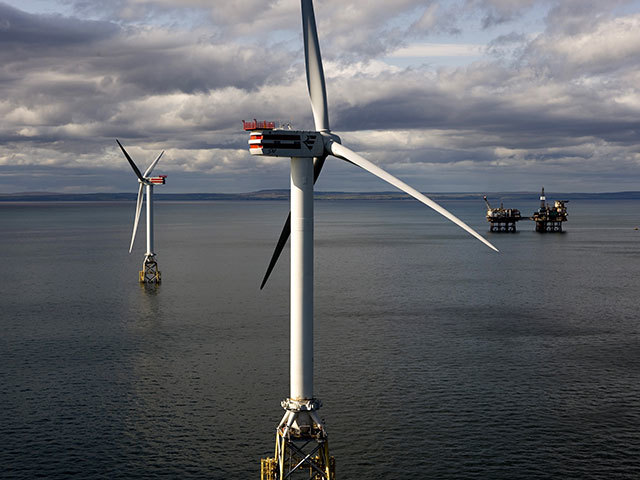
Plans for a £1.2billion undersea electricity cable that will help boost the country’s renewable energy capacity have been given the go-ahead.
The project by SSE aims to deliver 1.2 gigawatts of renewable electricity generation through the link between Caithness and Moray in Scotland.
The scheme, which is due to be completed in 2018, represents the largest investment in the region’s electricity network since the hydro era of the 1950s.
Ofgem said although it has approved the project, it is studying the financial details of the scheme. If it finds the project can be built for less, it will lower the amount of funding allowed to complete the link.
SSE unit Scottish Hydro Electricity Transmission is working on the scheme, which will connect planned wind farm projects in the area to the country’s energy grid.
The regulator said it will consult on the project’s funding proposals in the autumn.
Ofgem senior partner for transmission Martin Crouch said: “This is a major step forward for an essential upgrade to the high voltage grid so that more renewable energy can connect to the networks.
“We have already started on the next phase of checking SHE’s spending plans and we will ensure it completes the work as efficiently as possible so that consumers pay a fair price for this.”
The regulator also moved today to cut charges for green energy generators. Ofgem said that from April 1 2016 charges to these suppliers from the transmission operator, National Grid, will more closely reflect their use of the network.
The watchdog said this will benefit suppliers of wind or solar energy who do not constantly use the grid.
Transmission charges account for around 4% of the average household energy bill.
Mr Crouch said: “The changes to transmission charging are the result of an extensive consultation process and detailed analysis. The new arrangements more accurately reflect the costs of Britain’s diverse energy generation and will lead to lower costs overall for consumers.”
Recommended for you
